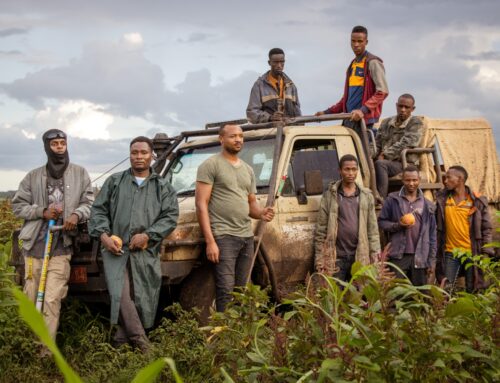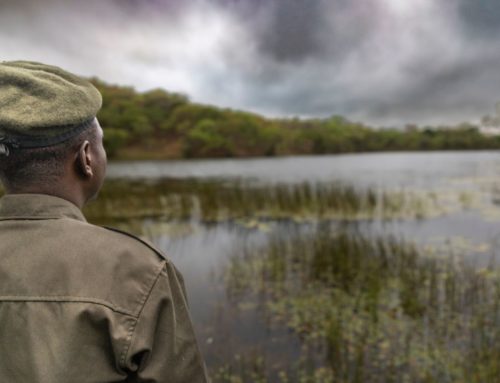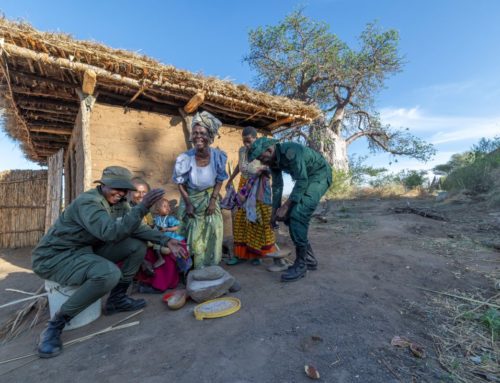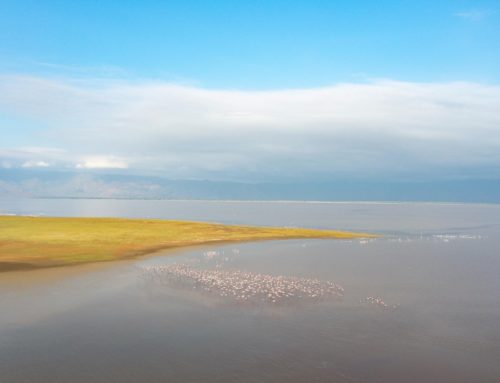In the first week of March 2017, Honeyguide Chairman Mr. Naphtal Ole Kirimbai, Anti-Poaching Commander, John Magembe, and Keko Orkijape, Honeyguide’s Community Liaison Officer paid a visit to Makame Wildlife Management Area (WMA) to introduce a new anti-poaching project due to start in May 2017.
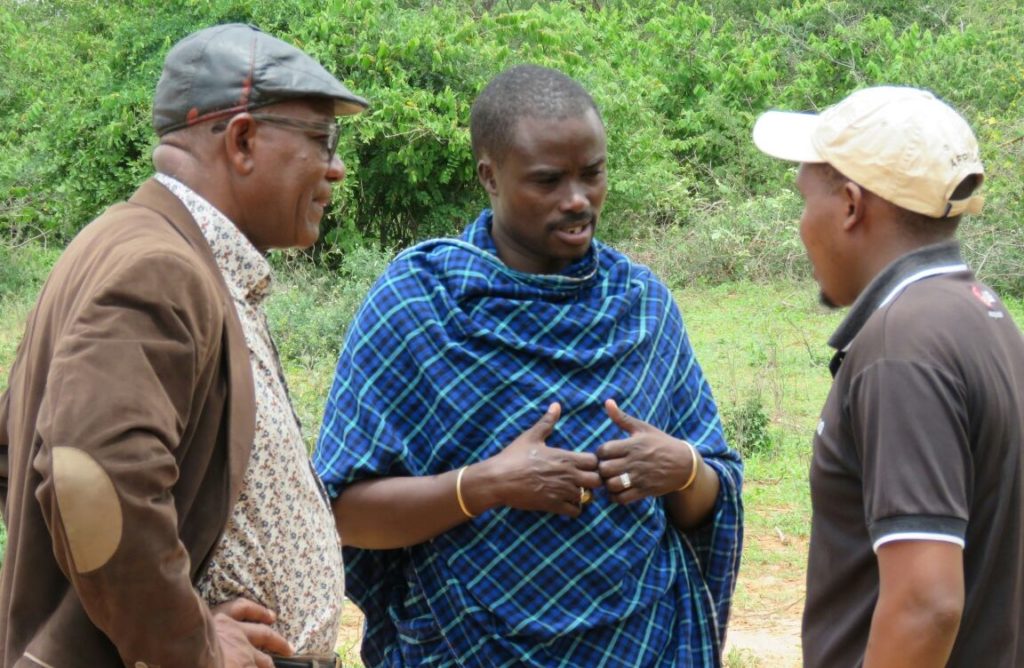
From left: Honeyguide Chairman Ole Kirimbai, Makame WMA-Board Member Mr. Mitiaki Lokoiyo, and Community Liaison Officer Mr.Keko Orkijape.
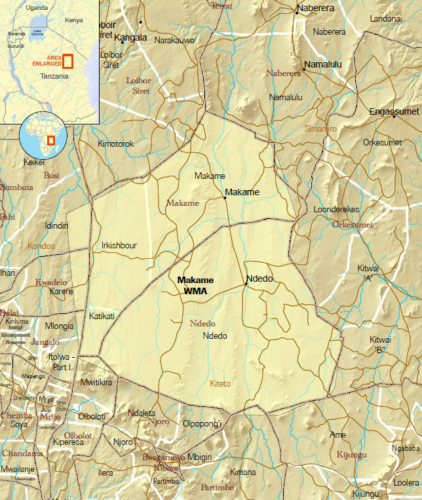
Makame Region, Tanzania (image credit:
The Nature Conservancy)
Located in the southern Maasai steppe south east of Tarangire, Makame is Tanzania’s largest WMA. The area is an important wildlife corridor, crucial to the existence of the Tarangire National Park. Makame’s landscape is composed primarily of open woodlands and mixed shrubland. It contains an important assemblage of wildlife, including the big five, and such rare species as oryx, lesser kudu, eland, gerenuk, klipspringer, and bushbuck. The area is supported by the five villages of Makame, Ndedo, Ngabolo, Katikati and Ilkiushoibor in Kiteto District, Manyara Region.
The one-week visit covered the basics of operations and tactics required for the successful implementation of an anti-poaching campaign. Key requirements, strategic areas, and the challenges that village game scouts encounter in protecting wildlife and critical habitat were also discussed.
This visit built upon a previous April 2016 memorandum of understanding (MoU) signed between the USAID-funded Northern Tanzania Rangeland Initiative (NTRI) and Kiteto District Council, for anti-poaching and wildlife protection. The implementation will rest in the hands of Honeyguide organization, through Endangered Ecosystems of Northern Tanzania
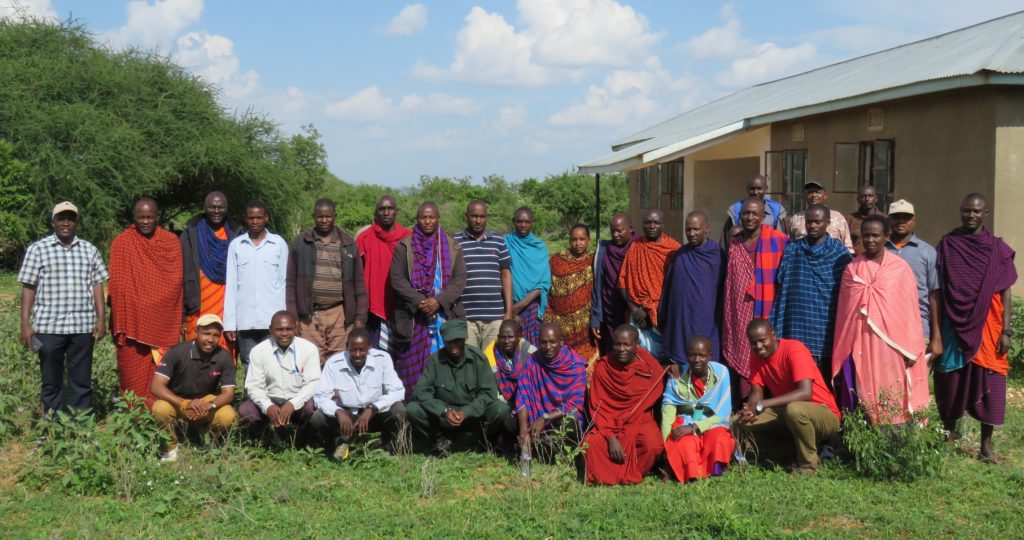
Group photo. Kneeling from left Mr.Keko-Community Liaison Officer-Honeyguide with the Makame WMA Authorised Association Members in front of the WMA office
Honeyguide, together with the community, enable the WMA governance structures to build capacity. Makame WMA is among the community-owned conservation areas that will benefit through the USAID-EENT project. This will help to integrate traditional conservation and natural resources practices in new models for WMA.
“The residents believe that by having a well organized WMA, wildlife will increase, and provide satisfactory prey ground. Through this, their livestock will be protected from wild animal attacks. This is an encouraging indication to us to extend our operation in working with this community.”
– Mr.Ole Kirimbai, Honeyguide Chairman.

